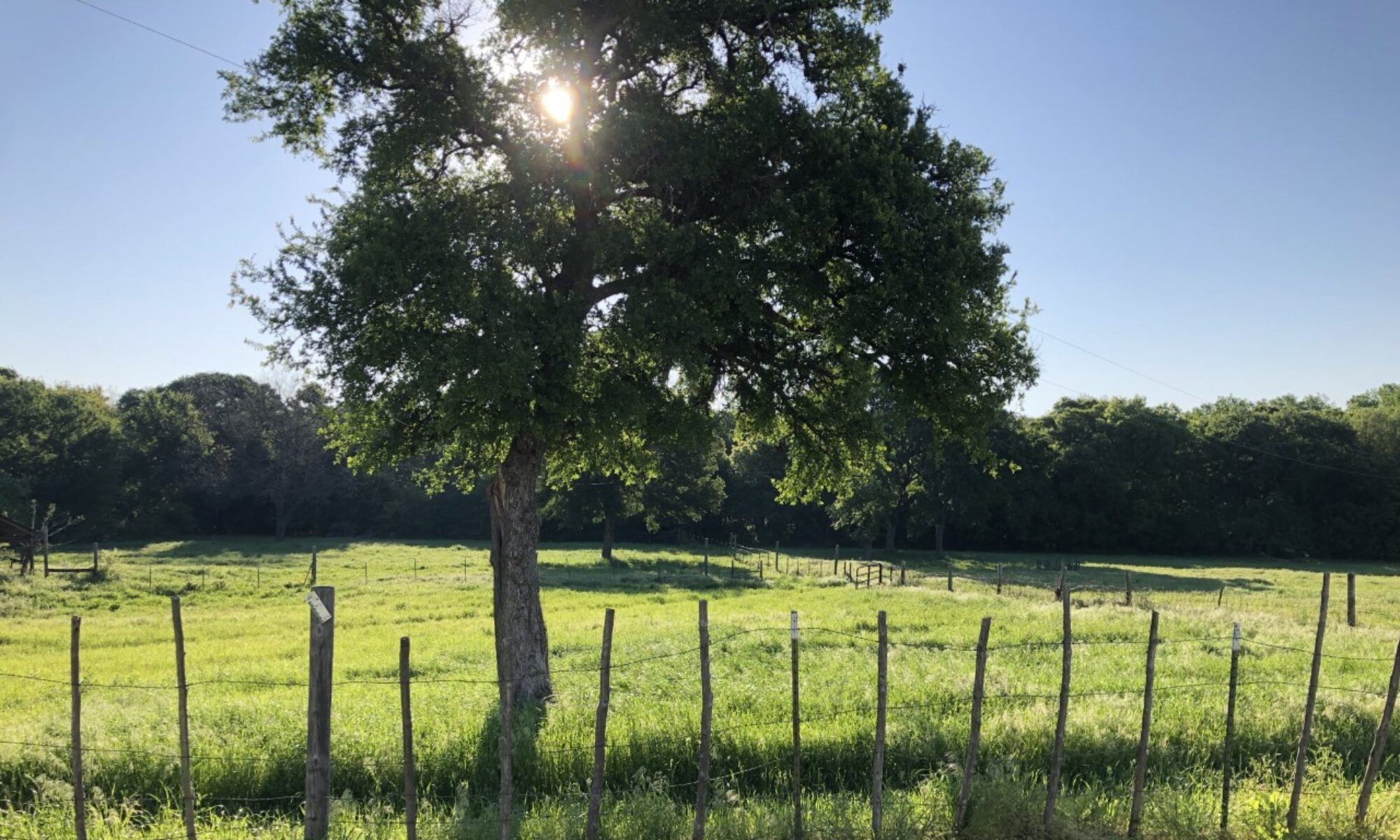Over the past year we have celebrated using goats and cattle to manage brush and grass. It’s a running joke that we could either spend 10k on a depreciating asset (tractor) and do extra work or half that on an appreciating asset (livestock) and let them celebrate doing the work.
Over the winter, we noticed the pastures cut for hay did better at growing new grass to stockpile for winter. Our property is small and doesn’t come out very economically to pay a profitable rate to hay balers. How could we cut down old growth to make room for fall growth when the livestock can’t keep up with summer growth? For sure, the push mower was off the table.
Then I get a note from my Dad:

Now the cost benefit starts to look better: it won’t loose any value, maintenance costs are low because parts are widely available, and the hard work of restoration has already been done by a trusted party.
Life lesson: it is worth listening to other people’s experience. If you asked me to consider something older then many museum exhibits last year, I would have laughed. I like history but I don’t work history. But a friend talked about restoring an Old Ford 8n (similar tractor) and getting a lot of utility from it on his land in Georgia in a passing conversation. I didn’t do anything with that data except mentally file it away. That planted a seed that these really could be a viable option. (Thanks Dave!)

So I put a new battery in and learned how to drive it.
Next up, every good tractor needs some implements, and this needs some maintenance checking when the manual comes in the mail. Updates to come!
